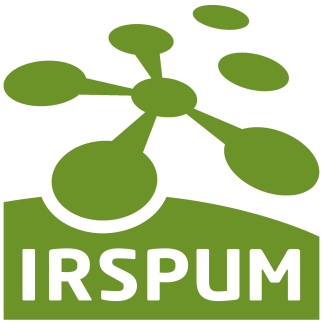Séminaire de l'IRSPUM
Titre du séminaire
Global tools connecting exposure, toxicokinetics and toxicity in food safety: the contribution of the European Food Safety Authority
Chemical risk assessment in the food safety area involves the classic steps bringing hazard and exposure for risk characterisation. In the food safety area, sound hazard identification and hazard characterisation requires an understanding of both toxicokinetic (TK) and toxicodynamic (TD) processes for compounds entering the human body via the oral route. This enables the translation of external dose (exposure) into internal dose TK processes incorporating absorption, distribution, metabolism, excretion of chemicals (ADME) and toxicity for sound dose response modelling. Since its creation in 2002, the European Food Safety Authority has published over 2000 risk assessments for over 4000 substances in the human health, animal health and the ecological areas. Openfoodtox: EFSA ‘s open source database which provides summary hazard data for individual chemicals has been designed using OECD harmonised templates and is briefly described (publicly available by Dec 2016). In addition, the development of open source TK tools and models to further integrate exposure, TK processes and toxicity in the human health, animal health and ecological areas are outlined. Another challenge is the harmonisation of human and ecological risk assessment of combined exposure to multiple chemicals (“chemical mixtures”). A brief overview of past, present and future EFSA activities in this area is presented. The need to take into account international developments (e.g. OECD, WHO, theUS-EPA, the three non-food committees of the European Commission) is highlighted as critical for the harmonisation of methodologies. Future developments of global risk assessment tools in the food safety area are discussed in the context of mechanistic alternatives to animal testing such as in silico and in vitro tools and tiered weight of evidence approaches tailored to support risk assessors in a practical way. International cooperation between national and international scientific advisory bodies and academic institutions concludes as the corner stone for the translation of 21st century toxicological research into harmonised methodologies and tools and for the training of the next generation of risk assessors.
Conférencier
Jean-Lou Dorne, Senior Scientific Officer-Toxicologist, Scientific Committee and Emerging Risks Unit, Department of Risk Assessment and Scientific Assistance, European Food Safety Authority
Since 2006, Dr Jean-Lou Dorne has been a senior scientific officer at the European Food Safety Authority in the Scientific Committee and Emerging Risks Unit. After 9 years of research at the University of Southampton (UK). Dr Dorne received a DUT in applied biology (Lyon University), a BSc (Hons) in pharmacology (Coventry University), MSc Toxicology (of Surrey University), MSc Molecular Biology (Natural History Museum Paris) and a Ph.D. Toxicology on human variability in toxicokinetics for the major metabolic pathways: applications to chemical risk assessment (Southampton University). His current work focuses on the development of harmonised methodologies applied to human health, animal health and ecological risk assessment of chemicals.
Animateur
Michèle Bouchard, chercheuse, IRSPUM et professeure titulaire, Département de santé environnementale et santé au travail, ESPUM

